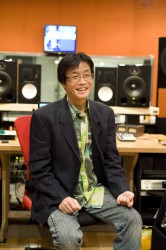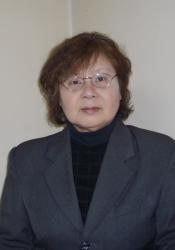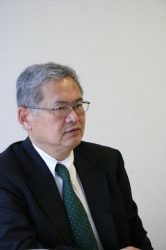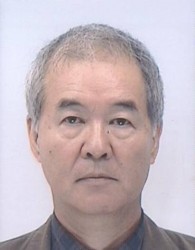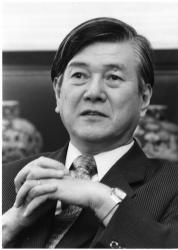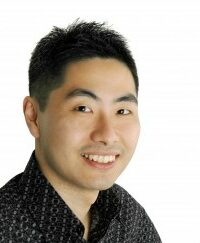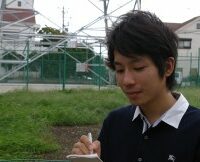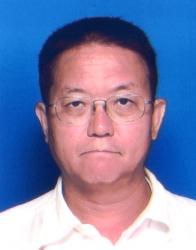
People have become well acquainted with the World Heritage designation by the United Nations Educational, Scientific and Cultural Organization (UNESCO), and municipalities in all parts of Japan are now looking to World Geoparks as a means for revitalizing regional communities and attracting tourists. The “geo” in the term represents features such as the ground, geology, the planet Earth, and Geopark literally means parks of the earth; geological parks. This is UNESCO’s new plan for protecting and utilizing the natural environment. The Global Geoparks Network (GGN; secretariat in Paris) established in 2004 has certified regions with important natural heritage from an earth... [Read more]
